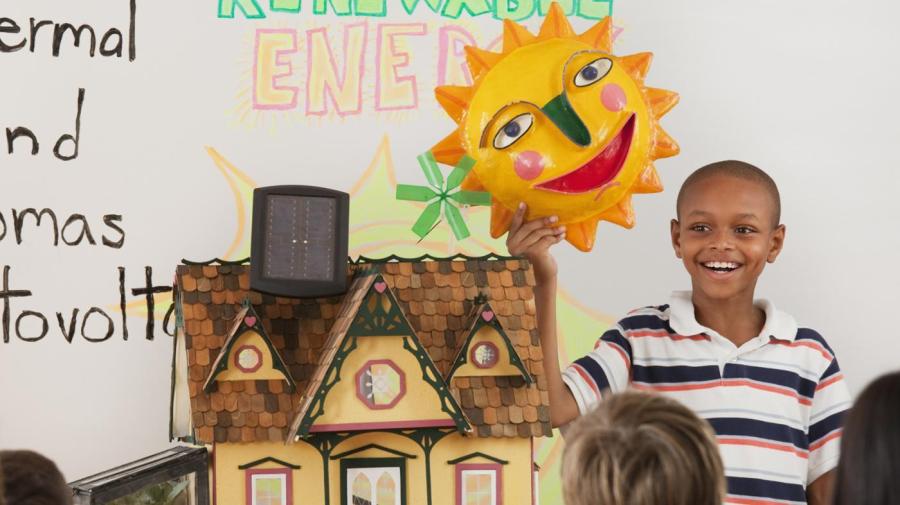What Is a Good Science Fair Project for Middle School Students?

Examples of good projects for a middle school science fair include descriptive projects such as researched reports about global climate change, experimentation projects such as “What is the effect of caffeine on plant growth?” or engineering projects such as building a do-it-yourself hovercraft. Other projects include demonstration projects where a scientific principle is shown to the audience, but no new information is learned, and collection projects where a student shows his extensive collection of something such as bugs.
The most important part of a science fair project is choosing a topic. Students work on a science fair project for an extensive amount of time, so they should choose a topic of interest to them. A good way to start is by listing interests and writing several questions that could be asked about each interest. The student would then choose to investigate one or more of the questions by designing a fair test, or in some cases, researching the questions.
The best projects have a dependent and independent variable. The independent variable is something that can be modified or manipulated in order to measure the effects of the change. The dependent variable is something that is measured after each modification is made. To achieve the best results, only one independent variable should be modified at a time. After investigating and potentially finding answers to the questions posed, new questions may arise that can be used to develop tests for future projects.





